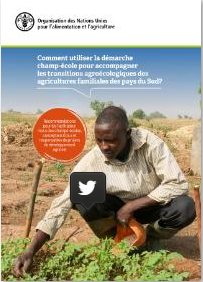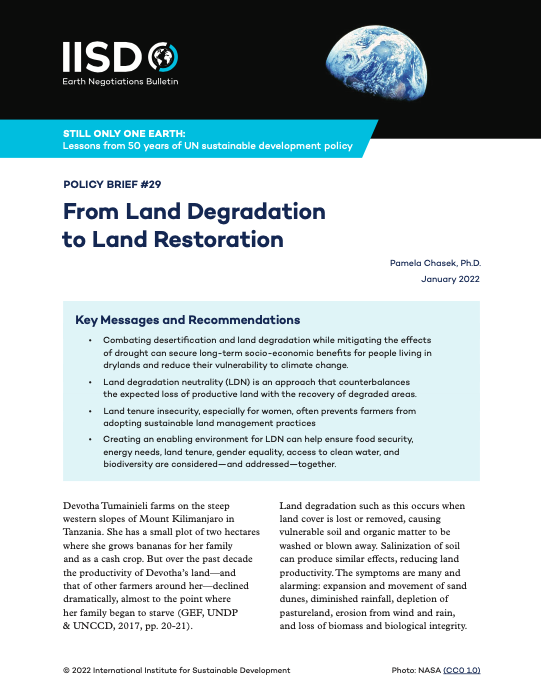Enhancing biodiversity through livestock keeping
Extensive livestock use can enhance biodiversity and support species conservation in multiple ways. Mobile pastoral systems can create bio-corridors through transhumance routes and disperse seeds, enhancing biodiversity across landscapes, for example. Mobile livestock also create fertile hotspots across rangelands, and livestock grazing is essential in reducing fire loads in vulnerable ecosystems.







